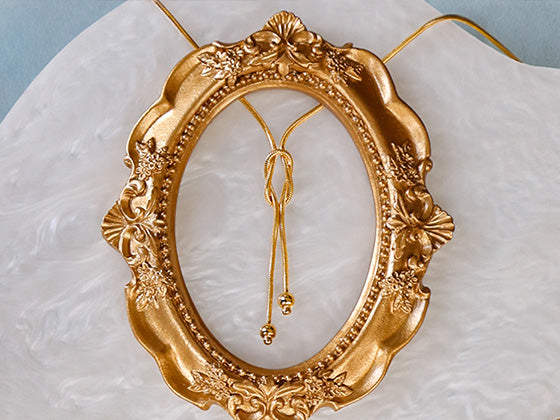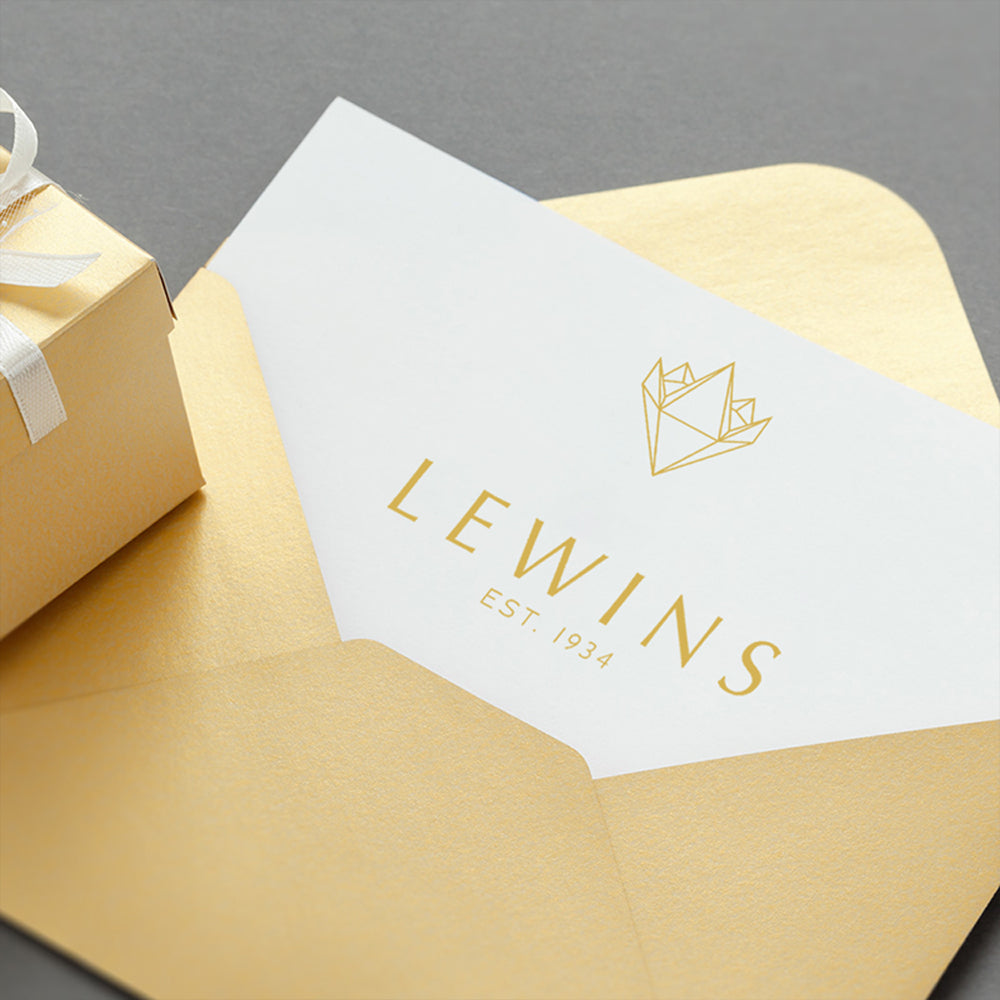Jewellery Odyssey:
Throughout the history of jewellery, earrings have been worn across many ancient civilisations and cultures, by both women and men. Archeologists have discovered that over 5,000 years ago, the ancient Sumerians would often import gold or silver (from modern day Iran and Turkey) along with lapis lazuli (Afghanistan) and carnelian (India), to embellish their intricate jewellery designs. During this era it was fashionable for both men and women to wear earrings.
Located on the Greek Island of Crete, the beautiful, colourful and expressive Aegean culture, thrived during the Bronze Age Greece (c. 3100 BCE - c. 1100 BCE). Minoan women used fashion, hair and jewellery such as hoop earrings, for a decorative and bold statement.
From being commonly worn by Ancient Egyptian children, to the upper classes of the Roman Empire, earrings continued to remain a favourable accessory. During the renaissance epoch, smaller earrings including baroque pearls, were famously seen being worn by both men and women. The ornate, opulent and chandelier design of Girandole earrings, during the Georgian period, were extravagantly heavy. In contrast, single stone solitaire earrings rose to prominence, towards the end of the Victorian era.
Within the last 100 years, the design of earrings have been influenced by art nouveau, art deco, retro, modern and contemporary periods. Culminating in a diverse range of earrings styles with multiple piercing options. It has never been more exciting to curate your earring style!
Gem Lore:
Citrine - derives from the latin word ‘citrina’, which translates to ‘lemon’, alluding to the gemstones vivid, honey, yellow hue. In ancient times, the gemstone was known as the ‘merchants stone’ and it was believed that it could bring prosperity and wealth to the owner. The Egyptians were the first to discover Citrine and use the gemstone as a talismans. Citrine thrived during the Hellenistic period in ancient Greece and was frequently fashioned into stones, with engraved gods or goddesses. In addition, the ancient Romans associated the gemstone with Apollo, the god of the sun and light. Citrine is thought to symbolise success and hope.
Diamond - derives from the Greek word ‘adamas’, which translates to ‘invincible’. Today, the meaning somewhat refers, to the gemstones excellent hardness (ranking 10 on Mohs' scale), hence diamonds are highly resistant to be scratched or abraded by another material, other than diamonds itself. Moreover, diamonds possess the magical phenomenon of fire, which relies on the facetted gemstones ability to disperse (split) light, into a rainbow of colours.
The ancient Egyptians thought diamonds symbolised life, and the Pharaohs were known to place the gemstone in the centre of an ankh cross. Whereas, the ancient Greeks believed diamonds to be the tears of the gods or broken splinters from fallen stars. Alternatively, in ancient Roman literature it is noted that Cupids arrows were ‘diamond tipped’, maybe one of the first references that associates the gemstone with love.
Jewellery Care Precautions:
Avoid direct contact with: perfume, lotions, skincare, hairspray / other chemicals. Remove, your jewellery: when showering, swimming (as both chlorine and saltwater will react with metals), washing your hands / using hand sanitisers, before going to bed or when participating in physical activities (going to the gym, exercising, gardening, housework etc….).
Beware, metals may tarnish over time due to oxygen contact and natural body oils. Prevent items from being exposed to moisture and direct sunlight, for long periods. Store jewellery in a dry place away from humidity, in a pouch/jewellery box and keep each piece separated from each other. Care, for your jewellery by cleaning with a soft dry cloth.
Yellow Gold:
Gold as an element, in its purest form will not tarnish, but gold used in jewellery has been alloyed with other metals, to increase durability. These metals have properties that when in contact with oxygen, chemicals, oils or other substances - will result in a surface tarnish or damage and corrosion. Even the pH level of you skin and the natural oils it produces, can tarnish your gold jewellery.
To prevent your gold jewellery from tarnishing or even disintegrating, avoid exposure to household chemicals, bleaches, toothpaste, baking soda and other cleaning abrasives. Wearing jewellery in places where perfumes, hairsprays, body lotions have been applied on your body, will increase tarnishing. Wear your jewellery after the products have been applied. To clean your gold jewellery, use a mild soap with warm water and dry with a soft cloth. For professional cleaning, our workshop can polish your jewellery back to life.
Citrine, Crystalline Quartz:
Hardness: 7 | Toughness: Good | Stability: Good
Extreme Caution, Avoid: Light, Extreme Temperature Change (thermal shock), Jewellery Cleaners (steam cleaners).
Mild Caution, Avoid: Heat, Chemicals (acids, detergents, solvents, nail polish remover), Jewellery Cleaners (ultrasonic).
Gemmological Observation: Quartz is pyroelectric, this means that when the gemstone experiences a change in temperature (for instance heat from the sun/lighting) it causes a low-level electrical attraction to fine dust particles. Therefore, you may experience that any quartz-set jewellery may need frequently cleaning.
Diamond:
Hardness: 10 | Toughness: Good | Stability: Excellent
Low Caution: A very durable gemstone, generally it is safe to use in; Jewellery Cleaners (Dips, Ultrasonic, Steam Cleaners).
Gemmological Observation: Diamonds have excellent hardness, this means only a diamond can scratch/abrade another diamond. To avoid scratches, store your diamond set jewellery separately. Diamonds only have good toughness, as they possess perfect cleavage. This means that if knocked in the wrong direction, the diamond can cleave/fracture. Whilst wearing, you will need to avoid: Sudden Impact (sharp knocks). If the diamond is heavily fractured, you will need to avoid using: Jewellery Cleaners (ultrasonic, steam cleaners).

















 Contact Us
Contact Us







